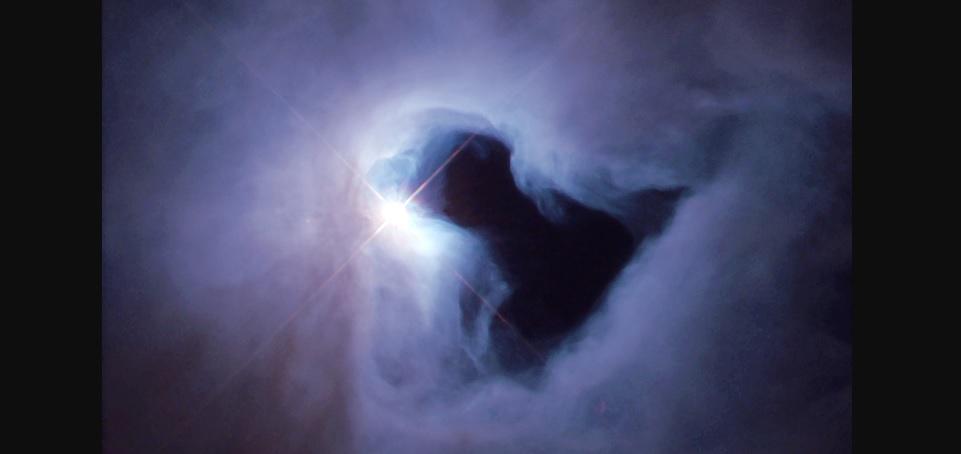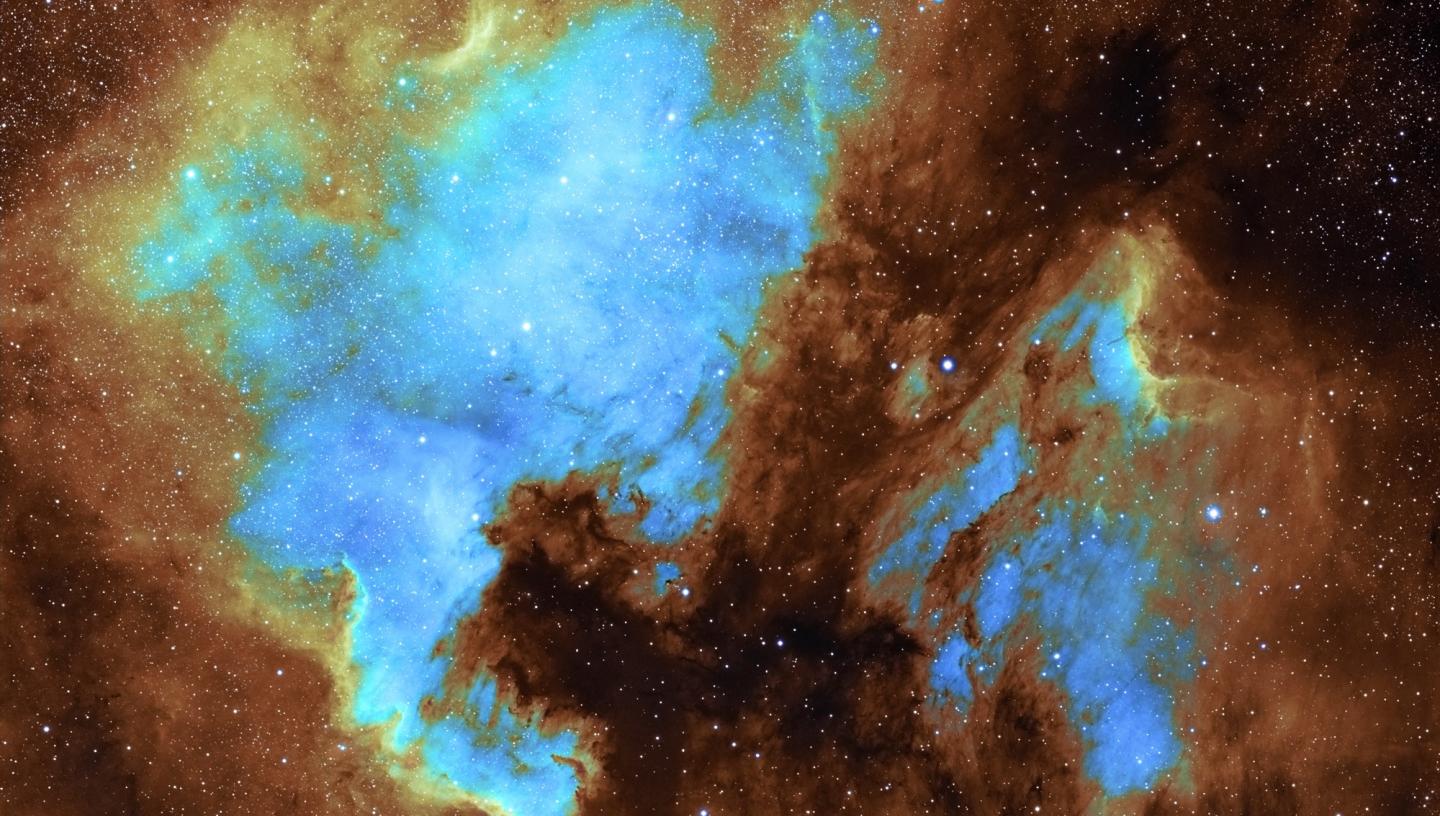
Discover what to see in the night sky during August 2019, including the spectacular Perseid meteor shower.
(Details given are for London and may vary for other parts of the UK)
Top 3 things to see in the night sky in August
- 1 August: Take advantage of the new moon and have a look at M13, the Great Globular Cluster in Hercules
- 10 August: Spot Mercury lying low above the eastern horizon in the dawn sky
- 12/13 August: Catch the peak of the Perseid meteor shower on this night.
Look Up! Podcast
Subscribe and listen to the Royal Observatory Greenwich podcast. As well as taking you through what to see in the night sky each month, Royal Observatory Greenwich astronomers pick their favourite astro news story. For August they're chatting about how 3D bioprinting will keep astronauts healthy when we start sending them out to explore Mars, and they talk about dark stars: stars containing dark matter that may have been responsible for producing some of the supermassive black holes we see today. Have a listen below then vote for your favourite news story on our Twitter poll during the first week of the month.
Listen to Look Up! on Soundcloud
Our podcast is also available on iTunes here.
Astronomy in August 2019: key events and what to see
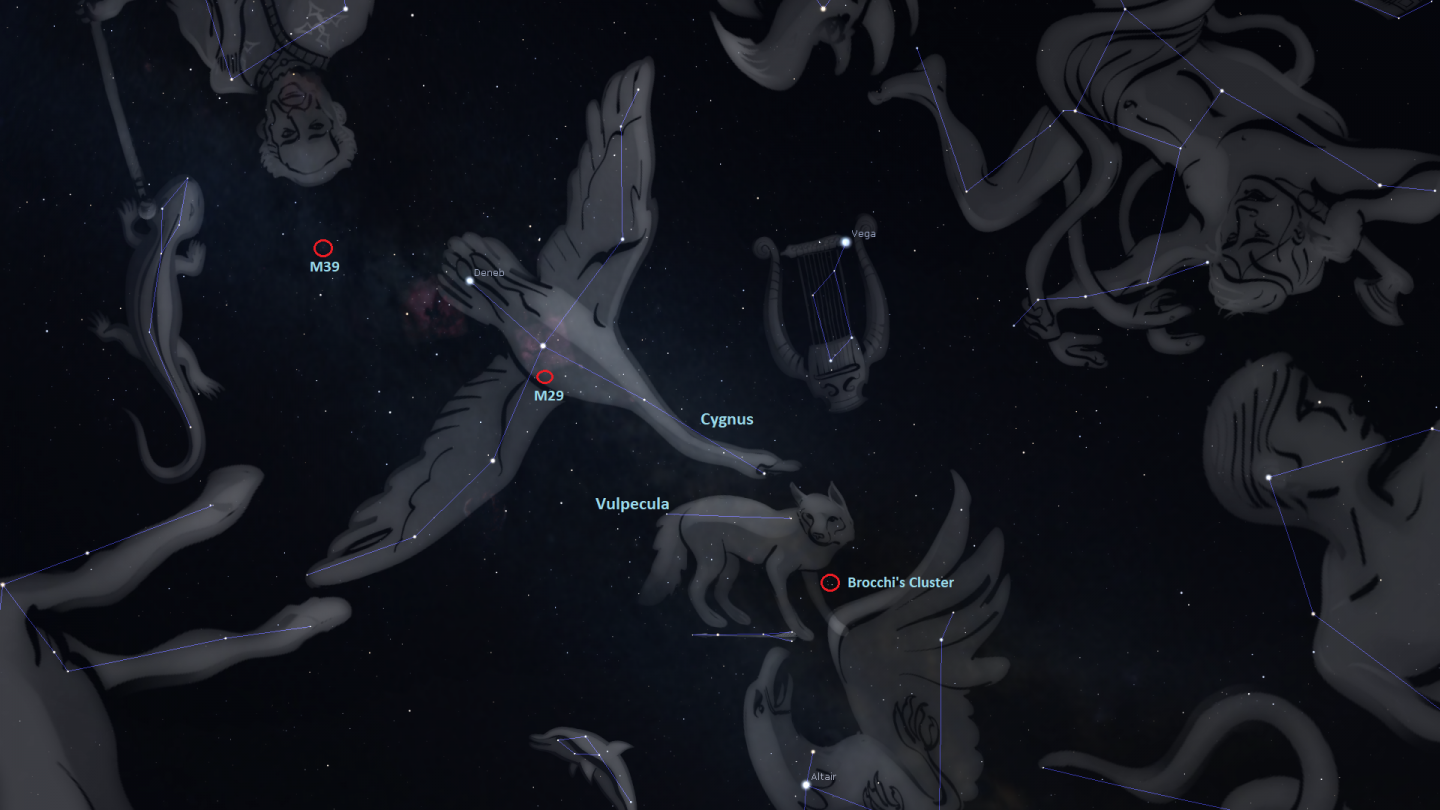
Cygnus the Swan is an easy constellation to spot in the summer night sky because of the five bright stars that form an asterism known as the Northern Cross.
You'll find a number of deep sky objects in Cygnus including the open star clusters M29 and M39. Open star clusters typically contain hundreds of stars, many of which are young, hot and blue. Both clusters are excellent targets for binoculars.
Below the head of the swan you’ll find the constellation Vulpecula the Fox, a small constellation that is often overlooked. Hidden inside Vulpecula is an open star cluster known as Brocchi’s cluster, but often referred to as the Coathanger cluster. Have a look at the cluster with a pair of binoculars and you’ll see that the brighter stars form an asterism that looks like an upside-down coathanger.
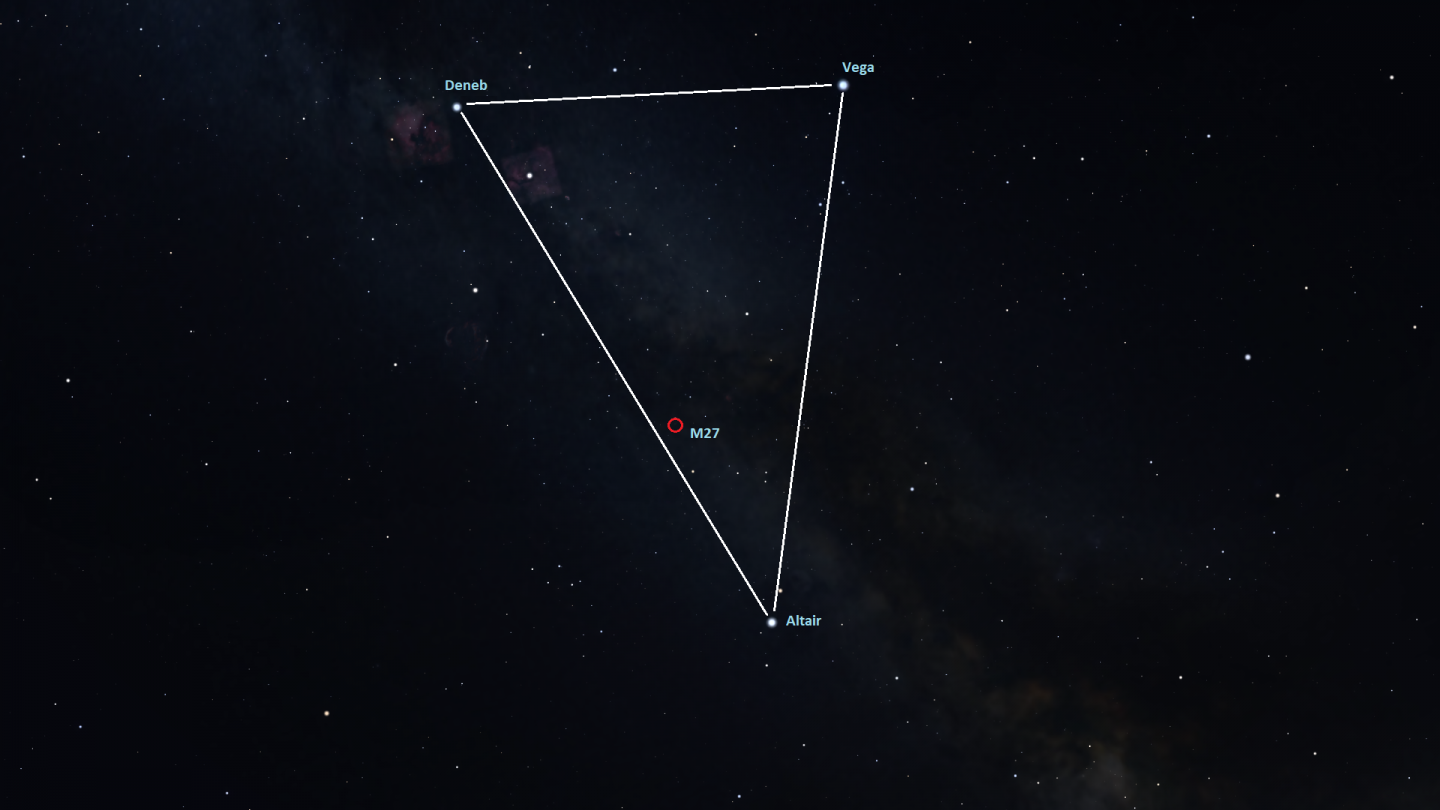
The Summer Triangle lies overhead during the summer months and is easy to spot even from a light polluted area. Located inside the Summer Triangle is M27, a planetary nebula also known as the Dumbbell nebula because its shape resembles its namesake.
The nebula is best viewed through a telescope, but those using binoculars should see a fuzzy region on the sky. The Dumbbell nebula was the first planetary nebula to be discovered and was observed by Charles Messier in 1764. To early observers, these new celestial objects resembled the gas giant planets and it was English astronomer William Herschel who coined the term “Planetary nebulae” for them.
Although planetary nebulae don’t have anything to do with planets - they are produced when stars about the mass of our Sun reach the end of their lives – the term has stuck to this day.
1 August: Great Globular cluster in Hercules
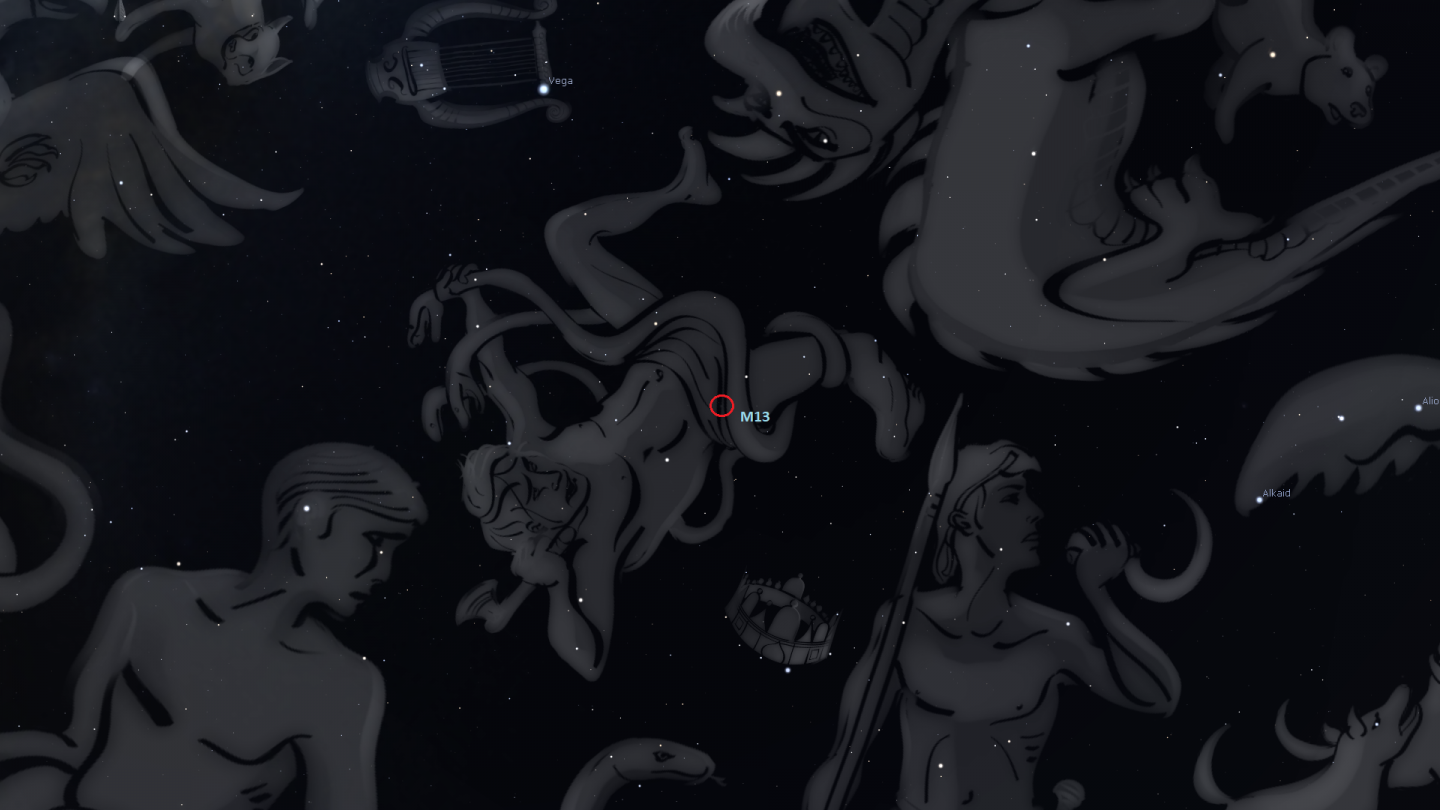
With the new moon occurring on 1 August, darker night skies greet us at the beginning of the month. Use this time to enjoy the splendor of deep sky objects.
M13, also known as the Great Globular cluster in Hercules, is considered by many to be the best globular cluster in the northern sky. Globular clusters are some of the oldest objects in the Universe – M13 itself is around 11.5 billion years old.
From a dark sky location, you may be able to spot the cluster with the naked eye, but if you do have some light pollution to contend with a pair of binoculars will reveal a fuzzy object with a bright centre. A view of the cluster through a telescope will resolve some of the hundreds of thousands of stars that make up this spectacular cluster.
9 August: Jupiter, Saturn and the Moon
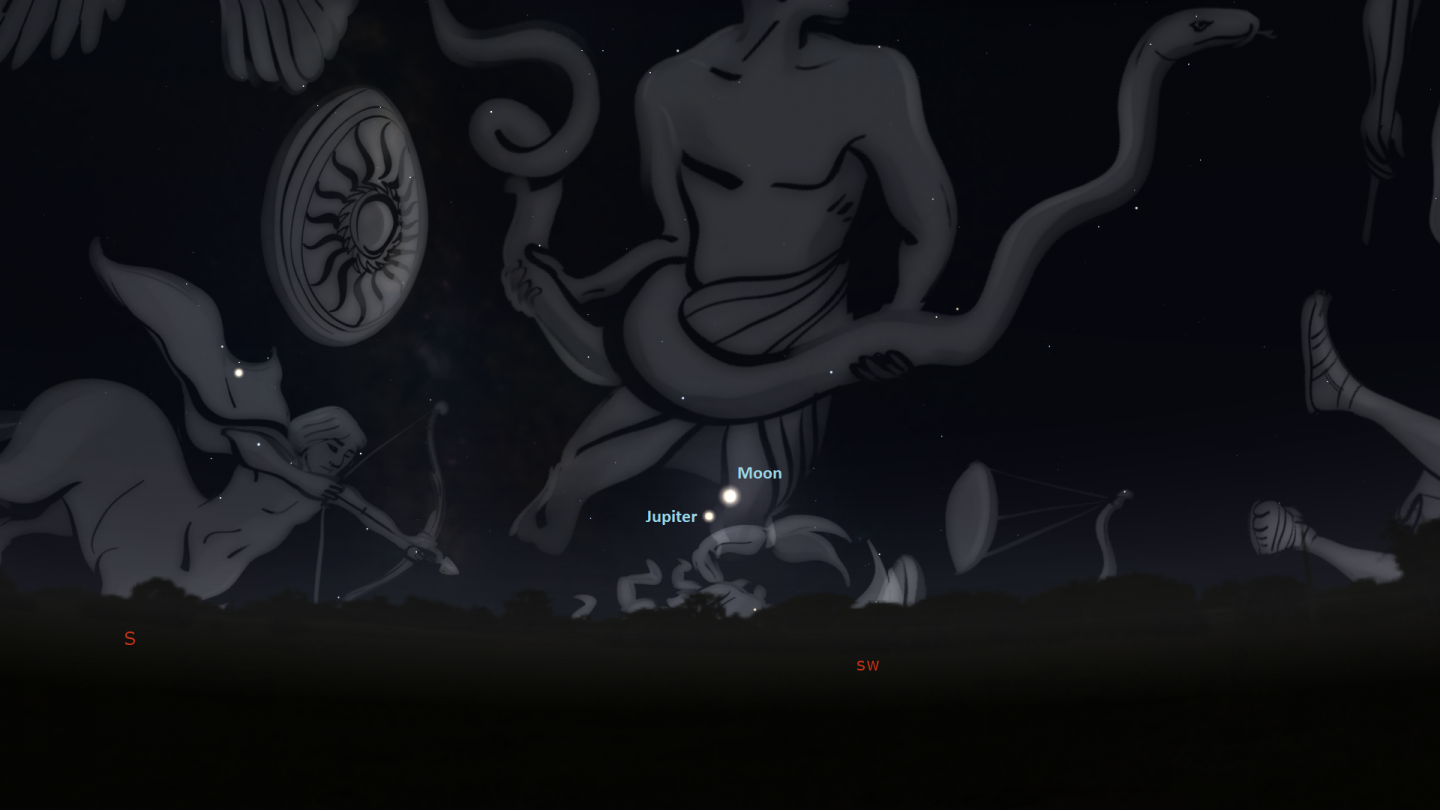
On the evening of the 9th, look towards the south and you’ll see the Moon close to Jupiter. Joining them in the southern sky is the ringed planet Saturn.
As an added treat, the distant ice giants Uranus and Neptune are up in the sky too – grab a telescope and look towards the southeast to spot Neptune and to the east to spot Uranus. The best time to view the ice giants will be after midnight.
Mars and Venus are not visible this month as they are too close to the Sun. Venus is at superior conjunction on 14 August and will be behind the Sun as viewed from the Earth, while Mars is busy making its way to superior conjunction.
10 August: Mercury at greatest elongation
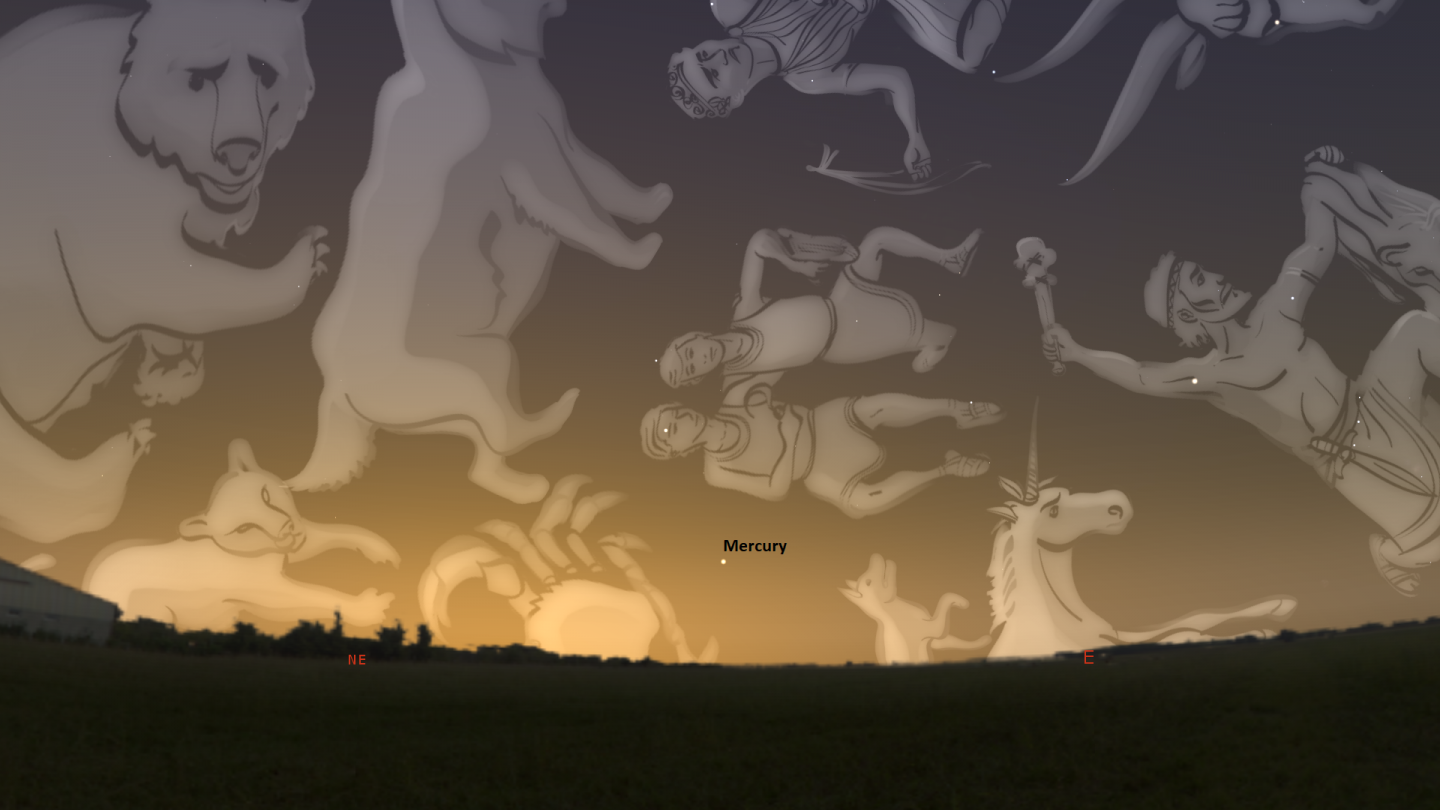
Mercury reaches greatest western elongation on 10 August and will shine brightly in the dawn sky. At greatest elongation, Mercury is at its furthest point from the Sun from our perspective, making this the best time to spot the planet. Look towards the eastern horizon and you'll see Mercury hanging low in the sky.
12/13 August: Perseid meteor shower
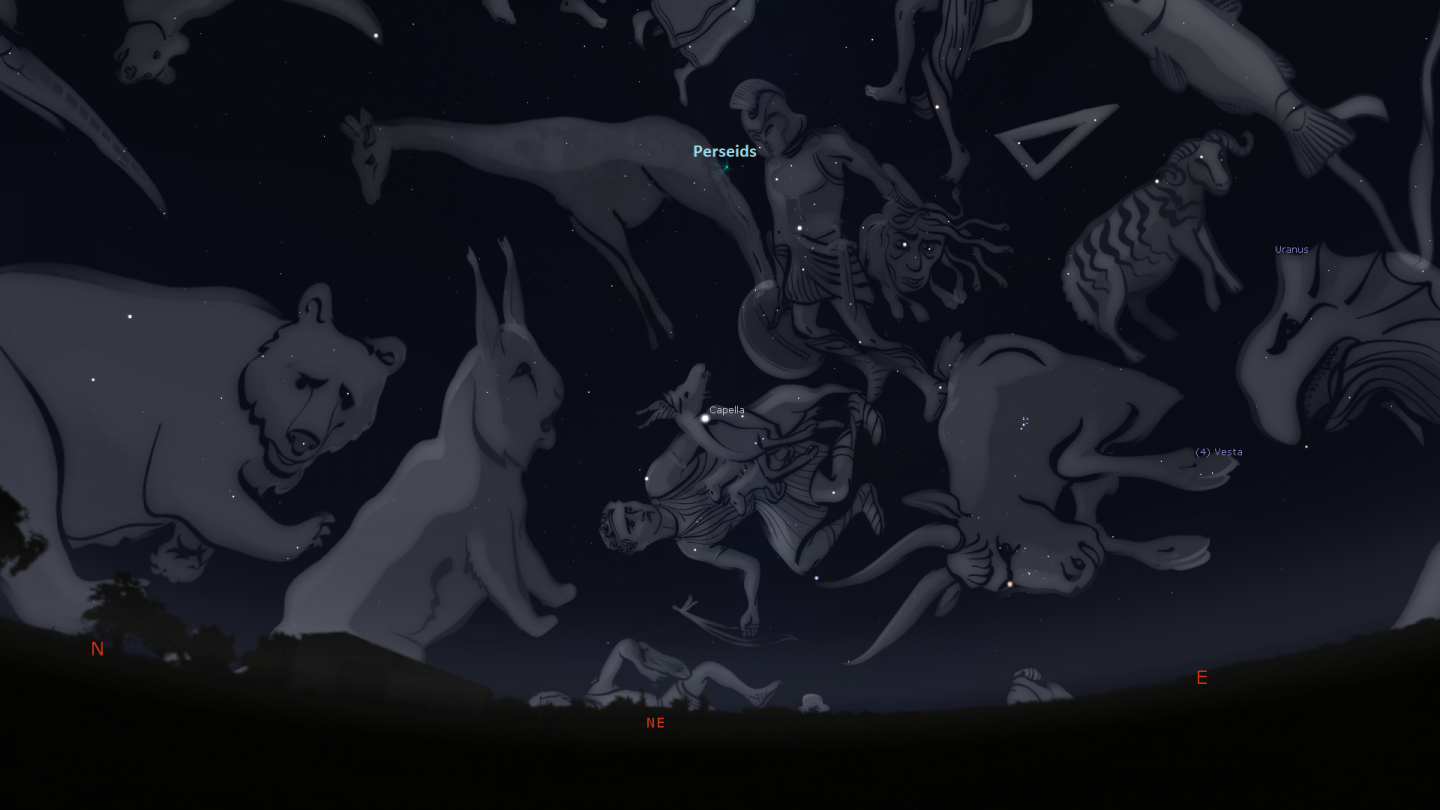
On the evening of 12/13 August, skywatchers will be treated to the peak of the Perseid meteor shower. Debris left behind by the passage of Comet Swift-Tuttle through our Solar System is responsible for producing this meteor shower.
Under optimal viewing conditions, observers would be able to see as many as 100 meteors per hour. Unfortunately, the Moon is not in a favourable phase for this year’s shower and faint meteors will be washed out by bright moonlight.
However, you may be able to spot fireballs – meteors that appear as bright in the sky as Venus. Fireballs are produced by larger particles of comet debris as they collide with the Earth’s atmosphere and burn up. The best time to try and spot some meteors is in the early hours of the morning.
The Moon's phases this month
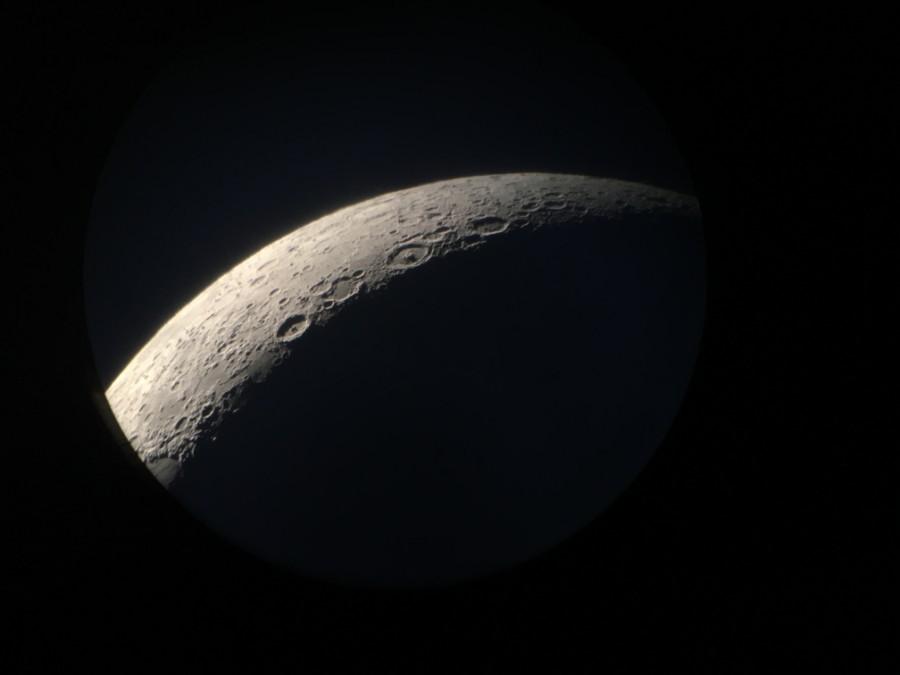
- 1 August - new moon (04:12am)
- 7 August - first quarter moon (06:31pm)
- 15 August - full moon (01:29pm)
- 23 August - last quarter moon (03:56pm)
- 30 August - new moon (11:37am)
Stargazing tips
- When looking at faint objects such as stars, nebulae, the Milky Way and other galaxies it is important to allow your eyes to adapt to the dark - so that you can achieve better night vision
- Allow 15 minutes for your eyes to become sensitive to the dark and remember not to look at your mobile phone or any other bright device when stargazing
- If you're using a star app on your phone then switch on the red night vision mode
- Need a stargazing telescope or binoculars? Check out our range of high quality observing equipment recommended by Royal Observatory astronomers.
Share your astronomy pictures
Congratulations to Maciej Kapkowski for the beautiful image of the night sky. Maciej shared the photo on our astrophotography Facebook page and we chose it for August's banner image.
If you want to be in with a chance to showcase your astrophotography skills on the banner of next month's night sky blog, share your photos via our Royal Observatory Astrophotography Facebook group
You can also connect with us on Twitter:@ROGAstronomers
Marvellous Moons Exhibition
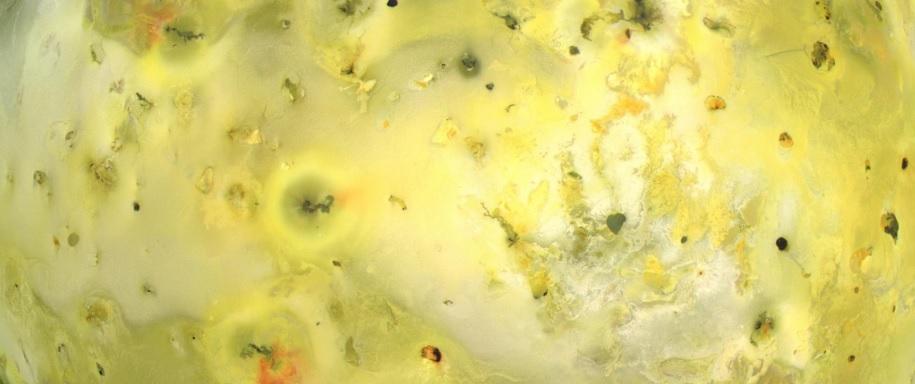
Come and see spectacular images of the amazing moons in our solar system and learn more about them in our free exhibition at the Royal Observatory Greenwich.
The exhibition is open daily until 20 March 2020.
See more of the night sky
Find out more about what you can see in the night sky, with a planetarium show delivered live by a Royal Observatory Greenwich astronomer.
Central image: © Maciej Kapkowski
Resources for teachers and students
The Royal Observatory learning team has also created
- Free animated videos that answer the biggest questions in astronomy and free resources to go alongside them.

- A whole host of podcasts featuring interviews with real space scientists, astronauts and active researchers working in UK universities.
